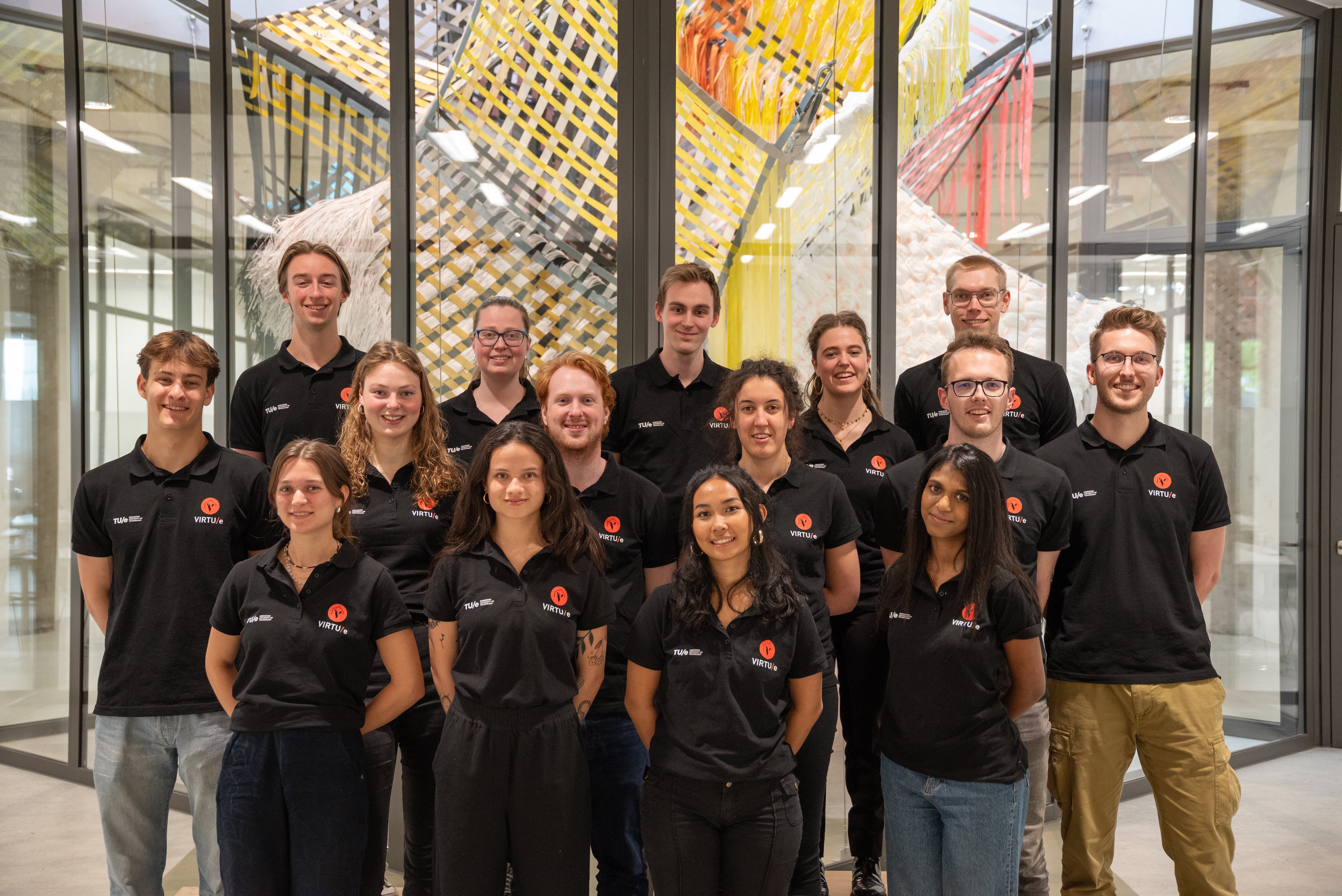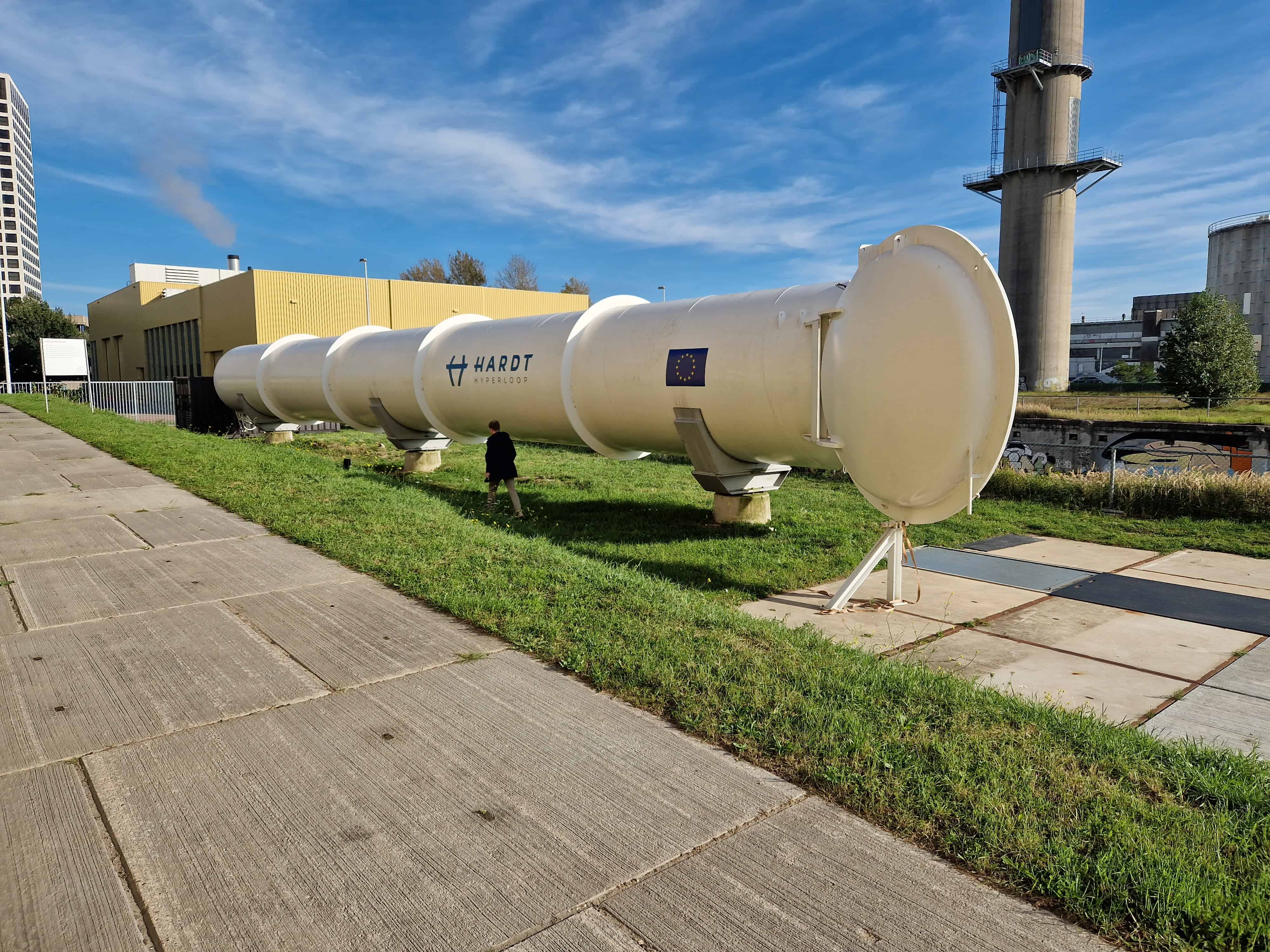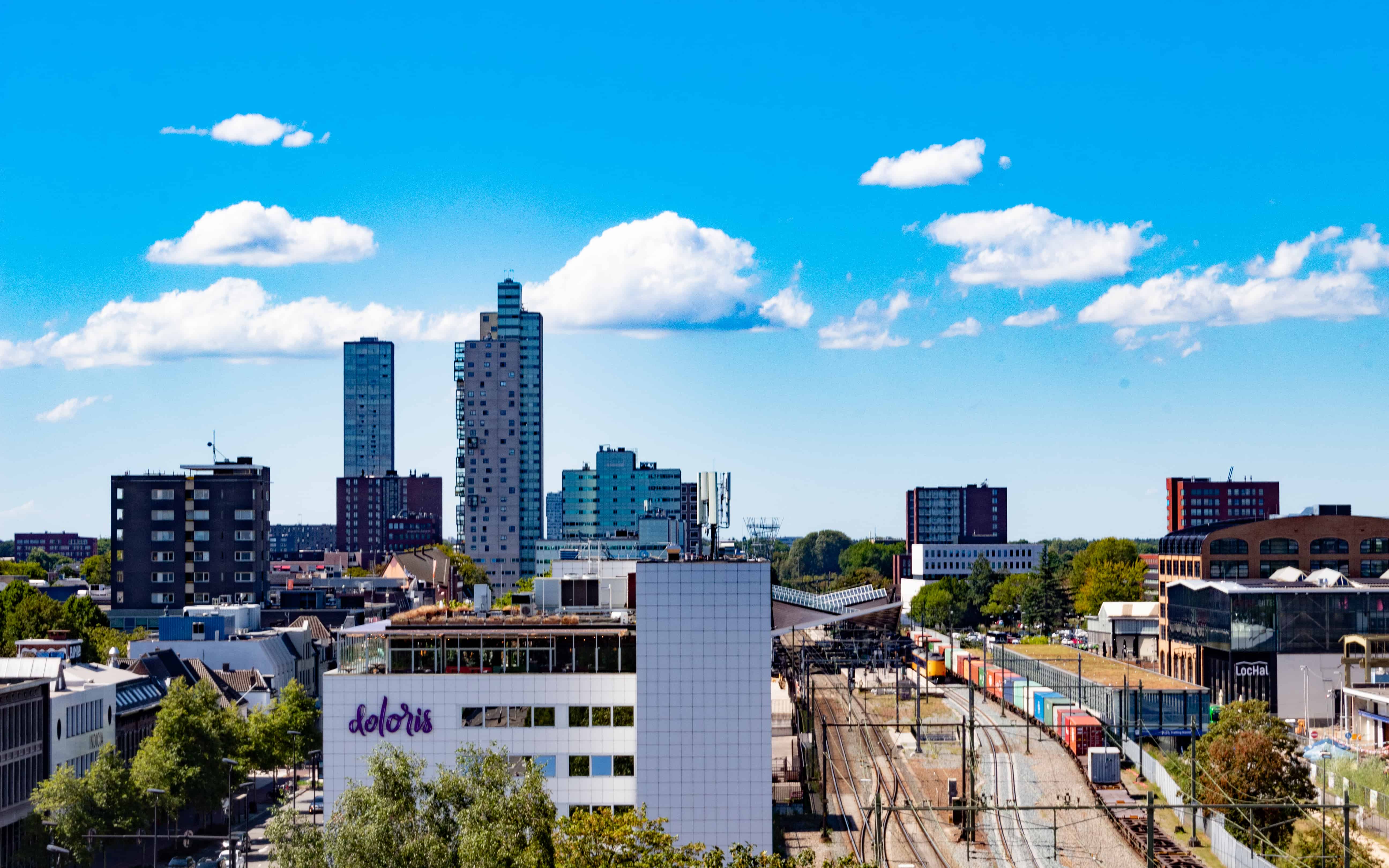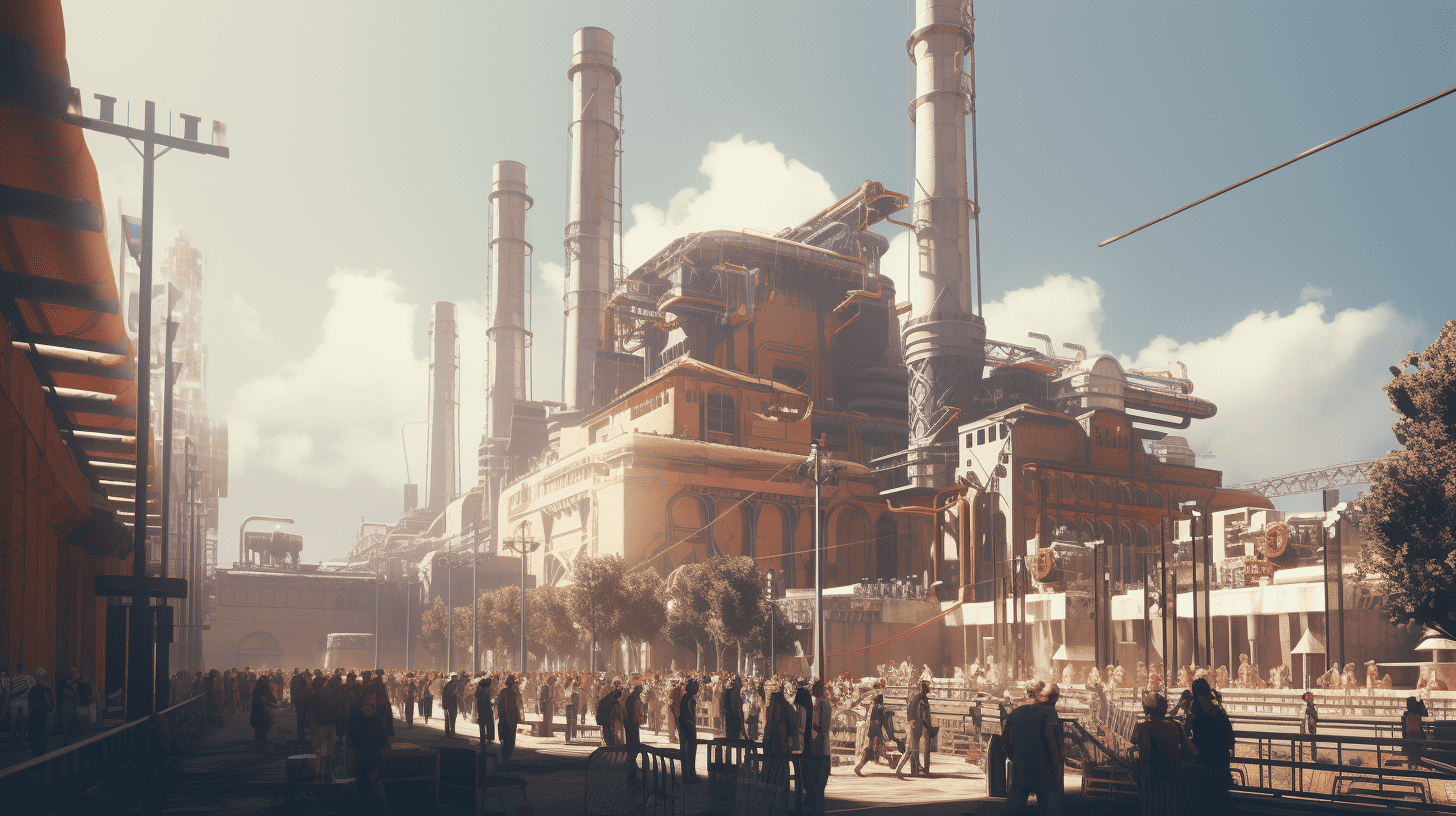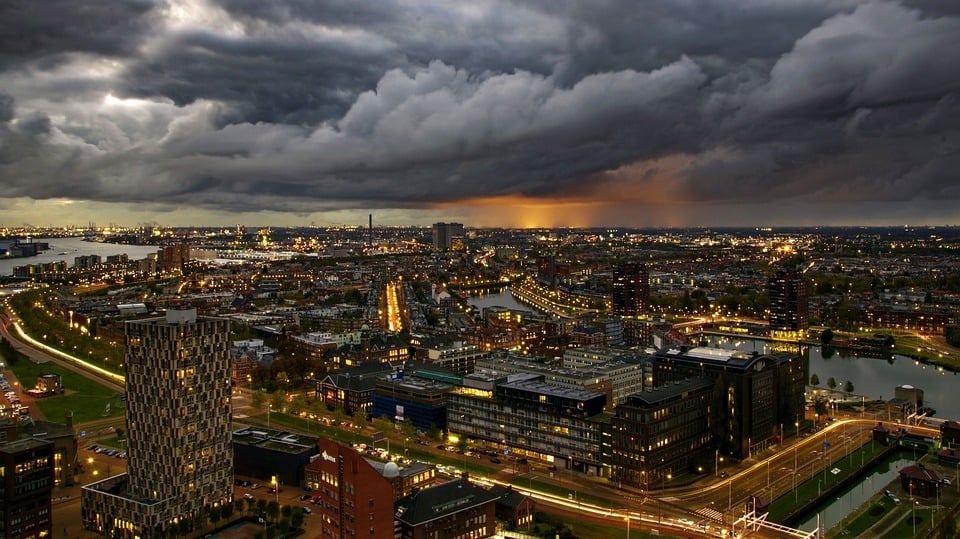
Smart cities are receiving a great deal of attention. In order to ensure that living in a city remains an attractive option in the future, a major role is reserved for technology. And enough housing must be built. The Netherlands is not doing too badly when it comes to smart cities. Three cities are in the recently announced global top 30 of smart cities (Amsterdam, Rotterdam and The Hague), but there is still room for improvement.
An exploratory study by Ecorys commissioned by the Dutch Ministry of Infrastructure and Water Management shows that densification done in a smart way can be of significant added value in housing construction. It can create more liveable cities.
The study ‘Social impact of smart and sustainable urbanization‘ is a proposal for a discussion on how the Netherlands will meet its housing targets. The study involves 44 municipalities, with a time horizon extending to 2050. For the first time ever, the costs of various scenarios are indicated as quantitatively as possible. One way of doing this is to express the benefits of green space in monetary terms, something that is often done to calculate ‘profits’.
The social advantages of a different approach run into billions. If infill is combined with smart solutions, for example, it yields an estimated social added value that is three billion euros greater than traditional densification. The study drew on a thorough analysis of existing studies.
Densification with more green areas
A remarkable conclusion: densification in, and not expansion outside of a city, has plenty of potential, even with more green zones. But it does come with challenges, such as living smaller, less reliance on private cars and private parties who must be willing to invest in mobility hubs, to name a few things.
This Ecorys study reveals that the development of smart infill in cities creates substantial added value compared to the more conventional way of expanding a city. The latter entails building on the outskirts of cities, with cars still playing a dominant role. An intermediate form is traditional infill development with an emphasis on public transport for transportation. Whereas the smart alternative assumes a ‘walkable city’, with walking and cycling as the main forms of mobility in urban centers.
The ingenuity lies in applying technology effectively. Such as far-reaching digitalization and the Internet of Things (IoT). Shared mobility/Mobility as a Service (MaaS) and smart grids are also options to think about it. MaaS is about being able to book a trip with different means of transport in one go online. A smart grid refers to a smart electricity network that can influence the demand for electricity based on the availability at a particular moment..
Integral approach to smart city
The exploratory study also shows that an integral approach is needed to enable the smart infill of cities. Cohesive investments need to be made in the domains of spatial planning, mobility and energy.
The substantial gains that can be made in the energy domain – less demand due to densification, more multi-storey housing, increased use of sustainable solar panels (solar PV) – cannot be achieved without investments in the spatial domain, such as compact construction of energy-efficient housing.
At the same time, the report states that the relatively large investments in the mobility domain (including in mobility hubs) are recouped in the spatial domain, due to the reduction in car ownership and the corresponding freeing up of parking spaces for additional housing and green areas in the city.
Mobility hubs
This is because the new smart city works with mobility hubs. A mobility hub is located on the outskirts of the city on the main arterial roads. This is where all modalities come together, and the traveler or logistics provider can easily switch to another modality.
In Utrecht, a new area in the Merwedekanaal zone will be redeveloped over the coming years, where mobility will play a key role in making the neighborhood liveable and attractive. A mobility hub into form part of this.
The hub is connected to a high-quality public transport network and to a bicycle route that crosses the district, among other things. A digital platform will be created that can be accessed by users of the mobility hub and neighborhood residents.
Preliminary move
Co-initiatorJessica Dirks notes that the study is a preliminary step, a reconnaissance. “For example, perceptions or social safety are not taken into account, as good quantitative data (expressed in monetary terms) for this is lacking. And these concern averages in the major cities in the Netherlands. That can work out better or worse for one municipality than for another.”
“In the responses, you can notice a great deal of appreciation for the quantification and substantiation that has now been given for the government’s plans. The aim is for municipalities and developers to get cracking on this and start making concrete plans for the housing challenges of the future.”
One notable conclusion is that smart densification can be paired with more green areas. “This can be done by going slightly up in height with new construction and by building less parking because car ownership is being scaled back. That leaves you more room for extra green areas.”
Tackling the sacred cow
She acknowledges that the research is based on assumptions, which can pose major challenges in practice. Like tackling the sacred cow: the car. It will be less of a given, or have a role as a shared car. “The trick will also be figuring out how to explain this properly to the general public. You have to give up something, but you gain a lot in return. A green living environment with more space to meet up, which is safer, healthier and livelier. Moreover, driving is still an option, except that the (shared) car is not parked right outside your door.”
It was recently announced that the national growth in the number of shared cars is persisting and picking up speed. But of the approximately 971,000 registered car sharers, 80 % still do not go ahead and actually use them. And since 2015, 915,000 passenger cars have also been added in the Netherlands. Consequently, curbing car ownership is a serious challenge.
Smart densification is predicated on smaller homes. The question is whether everyone will be willing to accept that. “We are used to living relatively spaciously, preferably a house with its own garden. But the elderly who are still living in family-sized homes today along with the rise of one- and two-person households will, in our opinion, make that development possible.”
Homeowners will also benefit from smart infill. Their energy bills will be lower and they will spend less on housing costs because they will be living in a smaller space.
The smart infill alternative calls for (substantial) additional investments in mobility hubs. These hubs can be (partially) financed by private parties. “It is now a question of finding a revenue model that makes it attractive for private companies to invest in this. An interim form is that the government invests in the construction of these, and the management thereof is passed on to a private party.”
Also interesting: The city of the future: Smart and social




